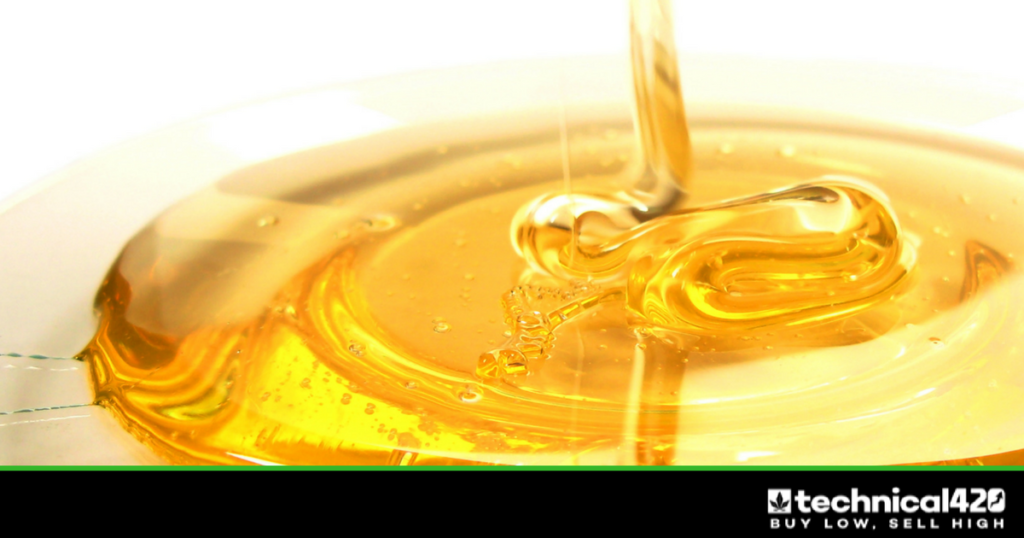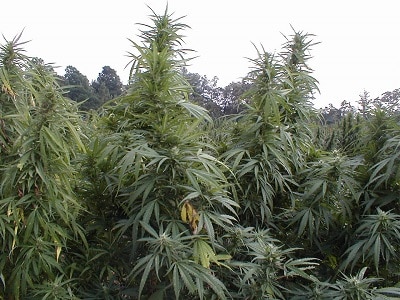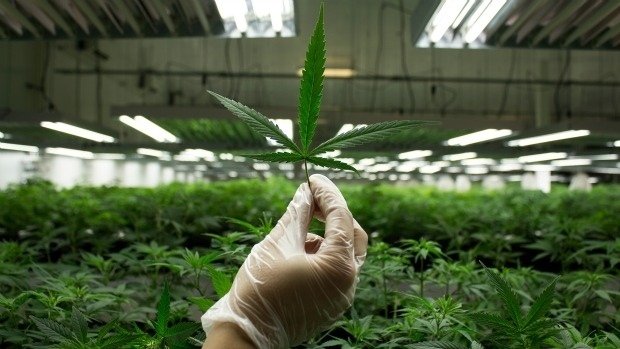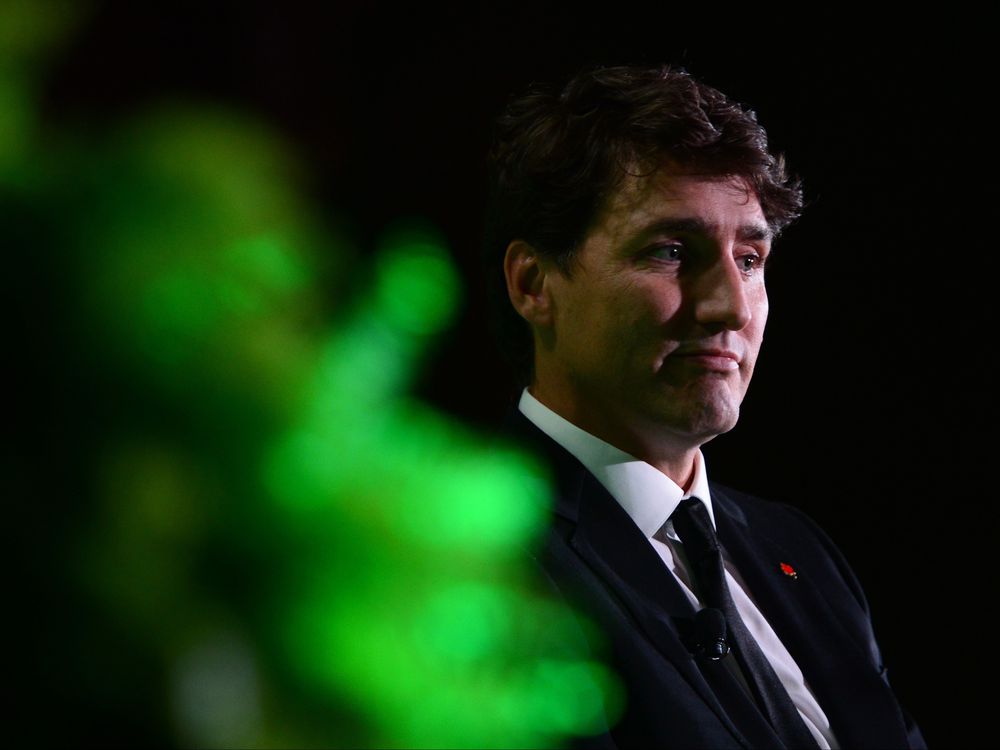A new document published by Health Canada this week is revealing more about how legal weed could be packaged, marketed and sold in Canada this summer.
The 40-page report, thrillingly titled Proposed Approach to the Regulation of Cannabis: Summary of Comments Received During the Public Consultation, incorporates the feedback on draft cannabis regulations Health Canada received from thousands of Canadians in surveys, round-tables, and public meetings.
Nothing’s final — the proposed Cannabis Act is still being considered by Parliament — but it’s the best information we have yet.
Here are five things you aren’t going to find in that document.
1.changes to border law
Let’s say you cross over from St. Stephen, N.B. to Calais, Maine and buy a few grams of weed at a cannabis dispensary. Can you bring it back home like you would duty-free wine and cheap smokes?
That’s going to be a “no” — even if cannabis is legal in both New Brunswick and Maine, according to Jason Givens, a public affairs specialist with U.S. Customs and Border Protection.
“Although medical and recreational marijuana are legal in some U.S. states and Canada, the sale, possession, production and distribution of marijuana remain illegal under U.S. federal law,” Givens said in a statement.
“Consequently, crossing the border with marijuana is prohibited and could result in fines, apprehension or both. . .U.S. federal law prohibits the importation of marijuana and CBP officers will continue to enforce that law.”
Section 2.2.10 of the consultation paper Proposed Approach to the Regulation of Cannabis states “the import or export of cannabis would require a permit from the Minister of Health. As set out in the proposed Act, import or export permits would only be available for medical or scientific purposes, or in respect of industrial hemp.”
It echoes what Public Safety Minister Ralph Goodale said last monthafter his U.S. counterpart, Homeland Security Secretary Kirstjen Nielsen, voiced concerns about legal cannabis flowing across the Canada/U.S. border.
Even when weed is legal, “the law with respect to the border hasn’t changed one iota.”
2.A blank slate for prior criminal activity
Drug dealers and weed growers might think they’re shoo-ins to grow or process the plant within the legal system.
Not necessarily, according to Health Canada. Under the proposed regulations, the Minister of Health would be able to reject the security clearance applications of wannabe-growers with associations to organized crime, or past convictions for drug trafficking, corruption or violent offences.
Although just under half of respondents thought it was fair to deny security clearances to people with serious criminal backgrounds, a “strong majority” urged the department to ease up on clearances for people with non-violent, lower-risk criminal activity in their past.
Health Canada noted that strict security clearances would create barriers for “racialized or marginalized communities, who, according to respondents, often have more frequent encounters with law enforcement and the criminal justice system.”
The proposed regulations say only that “Health Canada appreciates the feedback that it has received . . . and it will be taken into consideration in the development of the final regulations.”
3.Rules on weed canady,gummies and edibles
Walk into almost any Canadian cannabis dispensary today and you’ll find a selection of THC-infused chocolate bars, candies, cookies, and other assorted sweet and salty goodies.
All of those will be notably absent from government dispensaries this summer.
No proposed regulations have been published governing legal edibles — which Health Canada promises are coming “within one year following the coming into force of the proposed Cannabis Act, if it is passed by Parliament.”
Excluding edibles from the current proposed regulations was a bad move, according to some Canadians.
“Many respondents took the opportunity to urge the government to allow the sale of cannabis edibles and concentrates immediately upon coming into force of the proposed Cannabis Act (rather than enabling their sale within 12 months as set out in the proposed legislation),” according to Health Canada.
The rationale respondents offered? If people can’t get edibles legally, they’re continue to get them illegally. Or they’ll just smoke it instead, which we all know is bad for you.
4.Flashy packaging
You know those plain Mylar bags used to package luxury tea and coffee?
That’s pretty much what the packaging for legal cannabis could look like.
Health Canada’s proposed regulations explicitly prohibit celebrity endorsements, fluorescent or metallic colours, images or graphics of any sort (other than the warning labels, which we’ll get to in a minute.) Packaging also has to be tamper-evident and childproof.
All the packages would be required by law to carry a bright red-and-black standardized cannabis symbol — like the universal hazard symbol, only with the outline of a cannabis leaf and the initials THC.
5.Graphic warnings
Since 2001, cigarette packs have been required to have photo warnings — gory pics of oral cancer, diseased lungs, and kids in oxygen masks — in addition to yellow text boxes warning about the risks of smoking.
Cannabis packaging could be much less graphic.
Packaging won’t carry any photos: just text warnings on six different topics. Here they are:
What’s next?
Bill C-45, or the Cannabis Act, is now at its second reading in the Senate.
The final regulations legalizing cannabis in Canada won’t be ready for at least a few months. The Senate will hold its final vote on the legalization of recreational use cannabis on June 7, 2018.
Federal legislation legalizing cannabis use and sale are expected to be finalized by this summer.
credit:cbc.ca


















